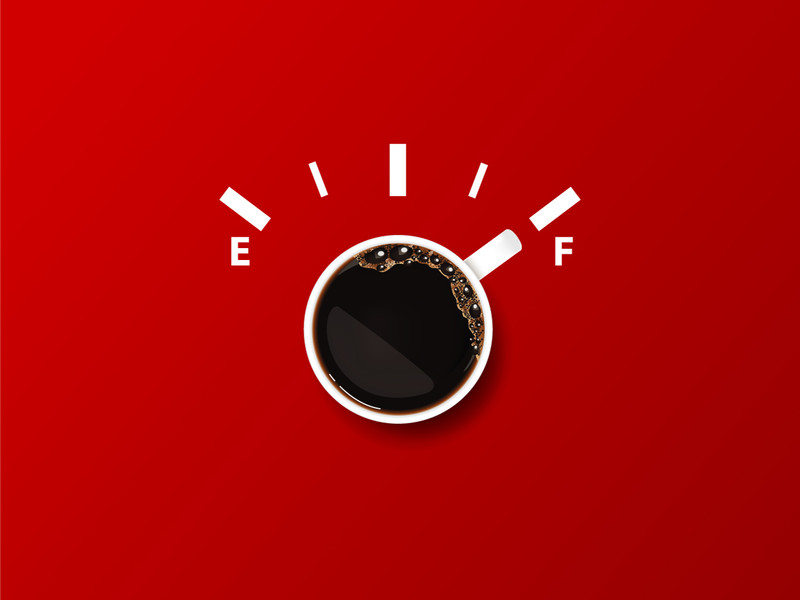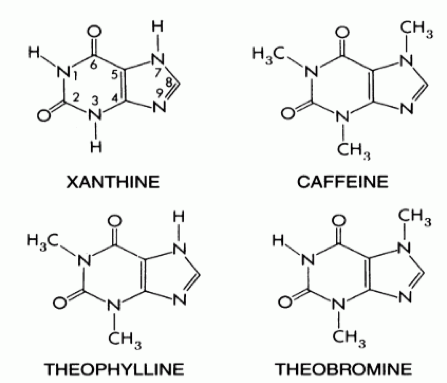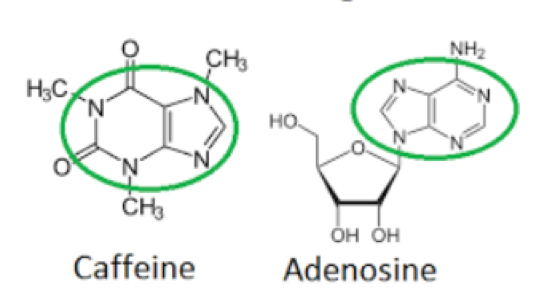How to Use Caffeine in an Ultra

Caffeine is all around us in the form of coffee, tea, and chocolate, but most runners don’t have sufficient knowledge of the substance to use it well in an ultra. It can be useful, which is why there are IOC rules on caffeine excess in competition, but it can also be mis-applied.
Here’s a list of some possible benefits of caffeine:
- Increases alertness
- Helps burn fat, sparing glycogen stores
- Stimulates the nervous system to increase strength, endurance, and focus
Probably you’ve been advised along the way to drink some cola if you are feeling tired late in an ultra. Most runners find that it does work as a pickup.
In my first 50 miler, I got to 40 miles but could feel the signs of hypothermia creeping in. My pace had slowed, and I was getting very cold and desperate. At an aid station I stuffed a big handful of M&Ms into my mouth and drank two thirds of a can of Coke. Then I forced a faster pace to generate some heat. My condition gradually improved, so I repeated the M&Ms and Coke at the next aid station. Soon I was flying and passing runners. With 2 and half miles to go I caught up to my friend Bill who was shocked to see me pass him for the first time ever in a race. I finished 10 minutes ahead of him. This was a vivid demonstration of the power of caffeine and sugar on an exhausted body.

People say “caffeine” but that is a simplification. Caffeine is one example of a class of chemicals called Xanthines. The examples we know well are caffeine from coffee, theophylline from tea, and theobromine from chocolate/cocoa. Each has a xanthine base structure with three radicals attached like Legos to the xanthine. The attachments are either hydrogen or methyl radicals, and that’s what makes them different. See the figure below for the similar structures of the chemicals.
They are all stimulating, but the speed at which they react and leave the body is different. Caffeine is absorbed fast, the effects come on quickly and peak at around 70 minutes, then fade away over a few hours. Theophyline from tea is somewhat slower, but longer lasting. Theobromine from chocolate is slower still but lasts for many hours.
There’s no rule that you can’t use multiple forms simultaneously. For example, you could take caffeine and chocolate together to get a fast “up” and a long response.
Now, one might ask why caffeine works as it does. The answer is very interesting and sheds light on some mysterious things that can happen in an ultra. The answer starts with the energy carrying molecules that fuel muscle contraction – adenosine tri-phosphate, ATP. Adenosine is an organic structure that can hold phosphate radicals either none, one, two or three. When a muscle contracts it gets energy from stripping off one phosphate molecule: ATP -> ADP (adenosine di-phosphate). The ADP can give up another phosphate, and another until there is only the adenosine left.
In daily life, that process is reversed continually throughout the body. The very important reaction is:
Water + energy + phosphate + adenosine -> AMP, ADP, ATP
And then the process of using the ATP starts all over.
It may look as if adenosine is just a carrier for the phosphate energy, but adenosine all by itself has many profound effects in the body because it also acts as a neurotransmitter affecting nerves and the brain.
When energy is used in large amounts, faster than the ATP can be re-built, adenosine collects in the body. This is commonly seen late in an ultra when fatigue sets in. Adenosine leads to nausea and the inability to eat well - even foods that are a runner’s favorites may become inedible when deeply fatigued. Extra adenosine can also lead to a feeling of impending doom. That can cause a runner to just sit down and give up. After energy recovery, the runner then wonders why he/she gave up.
Adenosine has many more effects, but those are beyond the scope of this article.

The human brain has different sensors in the body to inform it of a person’s physical well-being. The brain knows about one’s adenosine status by four different types of adenosine receptors. The unused adenosine binds to those receptors like an adenosine key in a receptor lock. Something else fits into those receptors so well that it kicks the adenosine out of the receptor. That something else is the xanthines caffeine, theophylline, and theobromine. They take the adenosine out of the receptor lock so that 1) the brain is not getting a fatigue message, and 2) the adenosine is more available to be reacted with phosphate. See the figure below for the structure of caffeine and adenosine. Note how caffeine has a similar structure to adenosine.
According to Ingredients list on a can of Coke, it contains: water, a big dose of sugar, phosphoric acid ( a source of phosphate ), and caffeine. The caffeine kicks the adenosine out of the receptors so that the reaction below can proceed.
Water + energy + phosphate + adenosine produces AMP -> ADP -> ATP
Otherwise, the adenosine is attached to the receptor and is not available to make more muscle fuel.
If either water, energy, phosphate or adenosine are in short supply, the reaction is hampered, resulting in weakened muscle response. This is common when energy is in short supply and adenosine is locked up in adenosine receptors, such as late in an ultra.
In my aforementioned 50 mile race, I added M&Ms for the xanthine in chocolate, and some additional sugar. My body responded to the chemical inputs and I not only avoided impending hypothermia, but also flew to the finish.
I’ve also had PR results in half marathon, marathon and 50Km races by using a cup or two of coffee and a fatty breakfast before the race to promote fat burning that spares muscle glycogen.
A note of caution is advisable at this point. When the energy is spent like this, the bill comes due. For example, I used some of this chemical manipulation at Vermont 100 and after finishing drove back to my motel room. The xanthines had been metabolized by the liver, and sleepiness hit me like a thief in the night. Driving along, I kept waking up, finding the car out of the proper lane. It would have been wiser to have a driver for the return trip.
Try some of these tips in training and see how they work for you.
